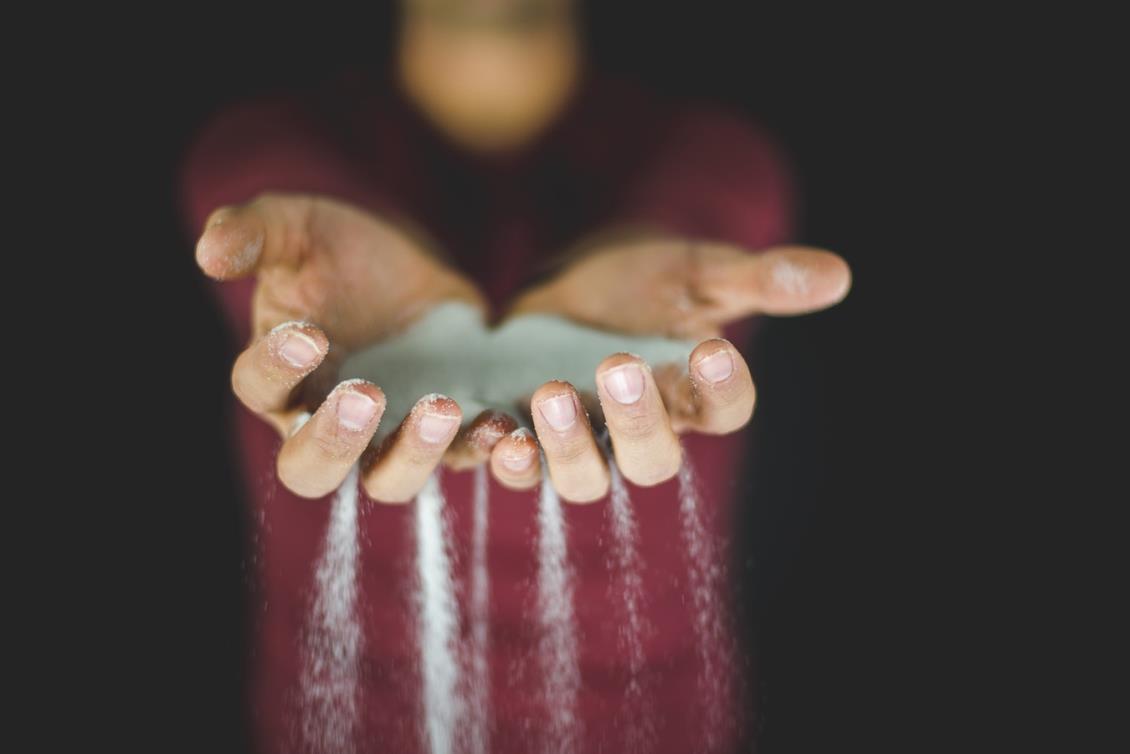Salt Reduction Struggles in Hospitality
Tuesday, January 8, 2019

Following the initial target setting for salt reduction in 2006, Public Health England analysed how far the eating-out sector has really come, and to figure out how far they still need to go. So far, the progress has been successful, showing that the content of salt in food has went down and 71% of the products have met 2017’s goals.
They analysed 35 national hospitality groups, including Compass, Casual Dining Group and Nando’s. Though none of them had all of the products below the targets, the majority of products met either at level with or below the maximum serving target.
The three worst performing dishes were burgers (25% met), pasta (48% met) and seasoned fries (40% met). It was also found that the amount of products with the above maximum salt content were always higher for out-of-home rather than in-home.
The target was based after it was made aware that the average person is currently consuming eight grams of salt a day, when it is meant to be six.
Though it is a good step forward in relation to the health of the UK, we still have a far way to go. Excessive consumption of salt can lead to heart disease and stroke which are two of the biggest killers for UK adults.
The government has plans for the next steps for the salt reduction and will be set out in Easter this year, while the Public Health England plan to put out an assessment of salt intake for adults in England during the start of 2020.